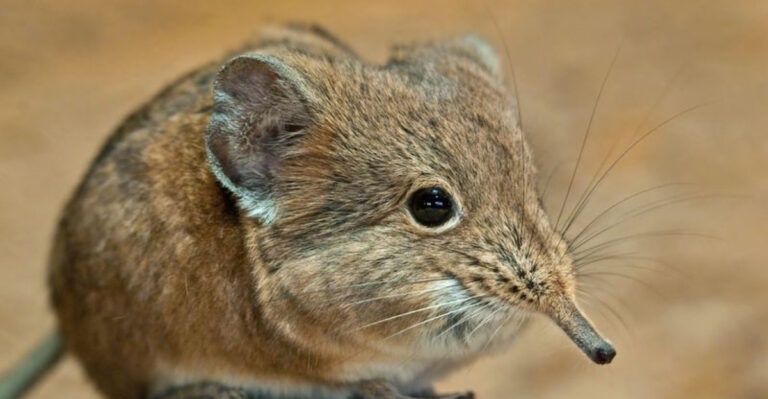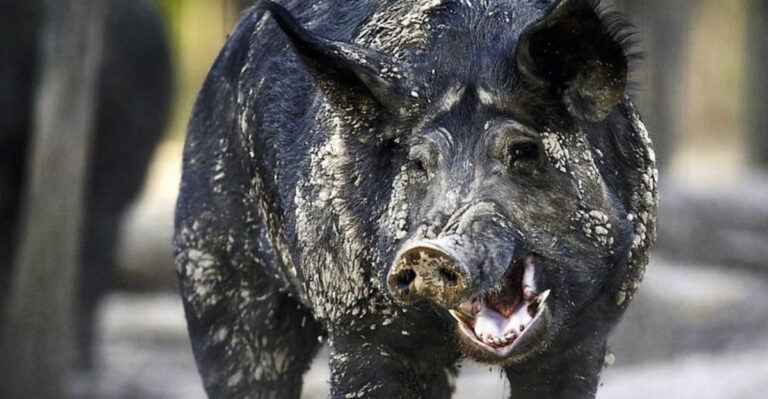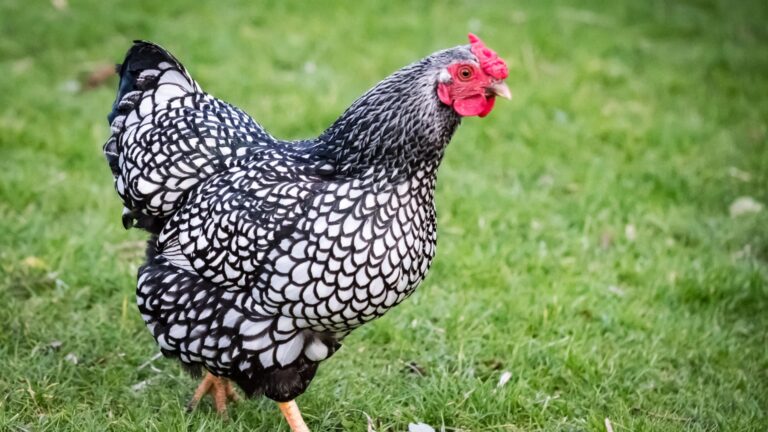15 Signs A Mountain Lion Is Nearby And How To Stay Safe
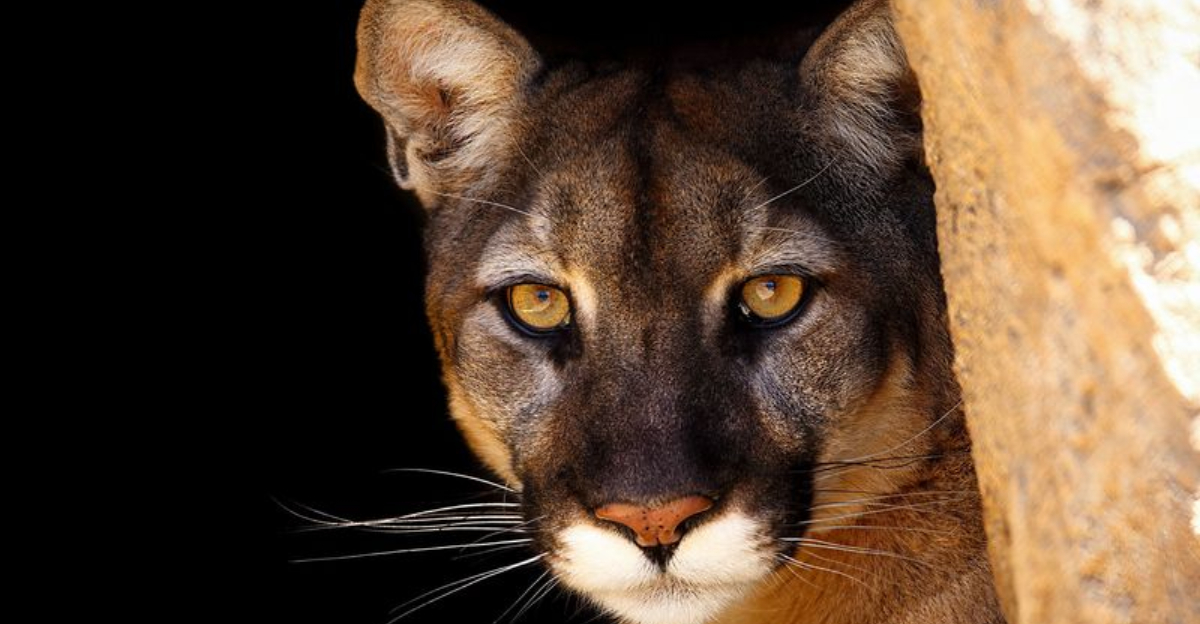
Hiking through North America’s wilderness brings thrilling adventures, but also potential encounters with its most elusive predator – the mountain lion. These powerful cats typically avoid humans, but knowing when one might be nearby could save your life. Whether you’re camping, hiking, or living in mountain lion territory, recognizing these warning signs and knowing how to respond is essential for staying safe in cougar country.
1. Fresh Paw Prints In Soft Ground
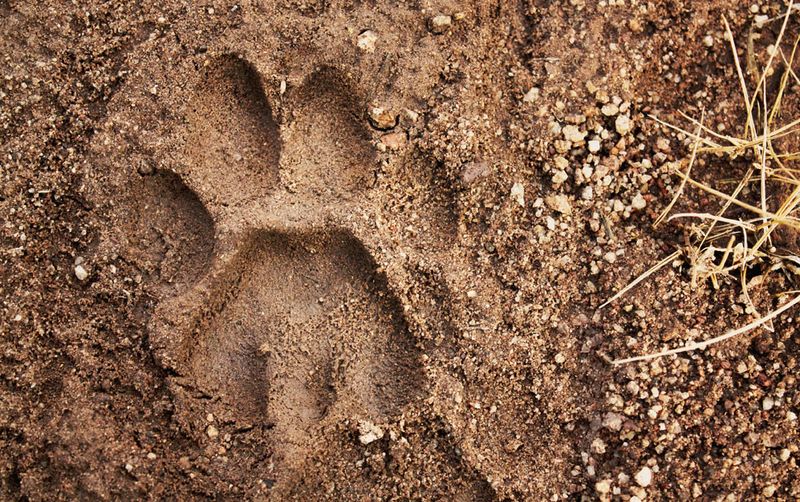
Large, round tracks without claw marks are telltale mountain lion signs. Unlike dog prints, cougar tracks show no claws and form a distinctive M-shaped pad with three lobes at the bottom.
Fresh tracks might appear in mud, snow, or dusty trails. If you notice these 3-4 inch prints that seem to follow a straight, purposeful line, a mountain lion likely passed through recently.
2. Covered Animal Carcasses
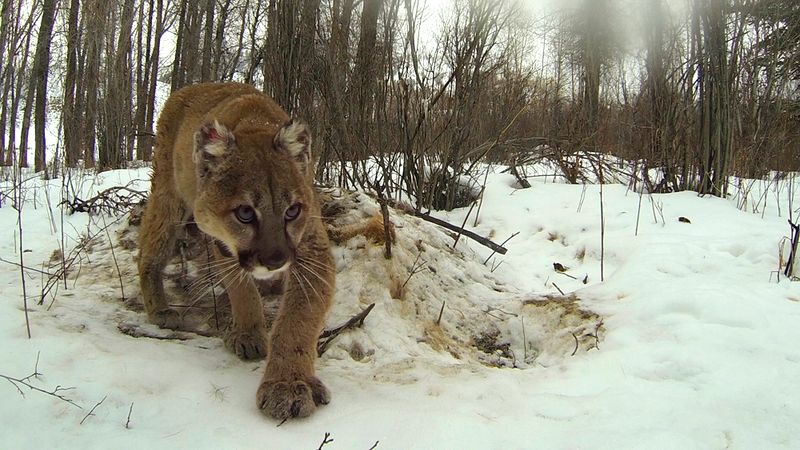
Mountain lions are nature’s neat freaks when it comes to leftovers. After killing prey, they drag the carcass to a secluded spot and meticulously cover it with leaves, dirt, and forest debris.
This “caching” behavior preserves their meal for several days of feeding. Finding a partially covered deer or elk carcass is a red flag that the owner might be resting nearby, ready to defend its food cache.
3. Distinctive Scat With Visible Hair
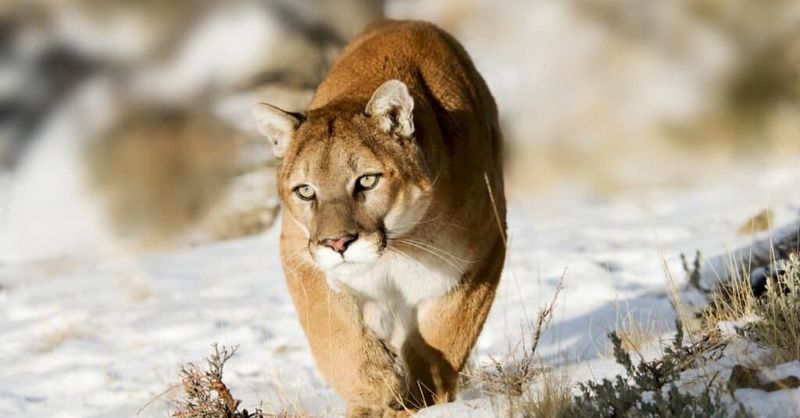
Mountain lion droppings tell a revealing story about their presence. Look for segmented, tubular deposits about 1-1.5 inches in diameter, often containing visible bone fragments and hair from prey animals.
Unlike coyote or bear scat, cougar droppings typically have blunt ends and might be partially buried. Fresh scat means a mountain lion has claimed this territory as its hunting ground, so stay alert to other signs.
4. Unusual Wildlife Silence

Nature’s soundtrack suddenly stops? Pay attention. Birds, squirrels, and other vocal wildlife fall silent when a predator enters their territory, creating an eerie stillness in normally chatty forests.
This abrupt quiet, especially in dawn or dusk hours when animals are typically active, serves as nature’s alarm system. Combined with your own sense of unease—that feeling of being watched—these silent moments might be your best early warning.
5. Scrapes And Scratch Marks On Trees
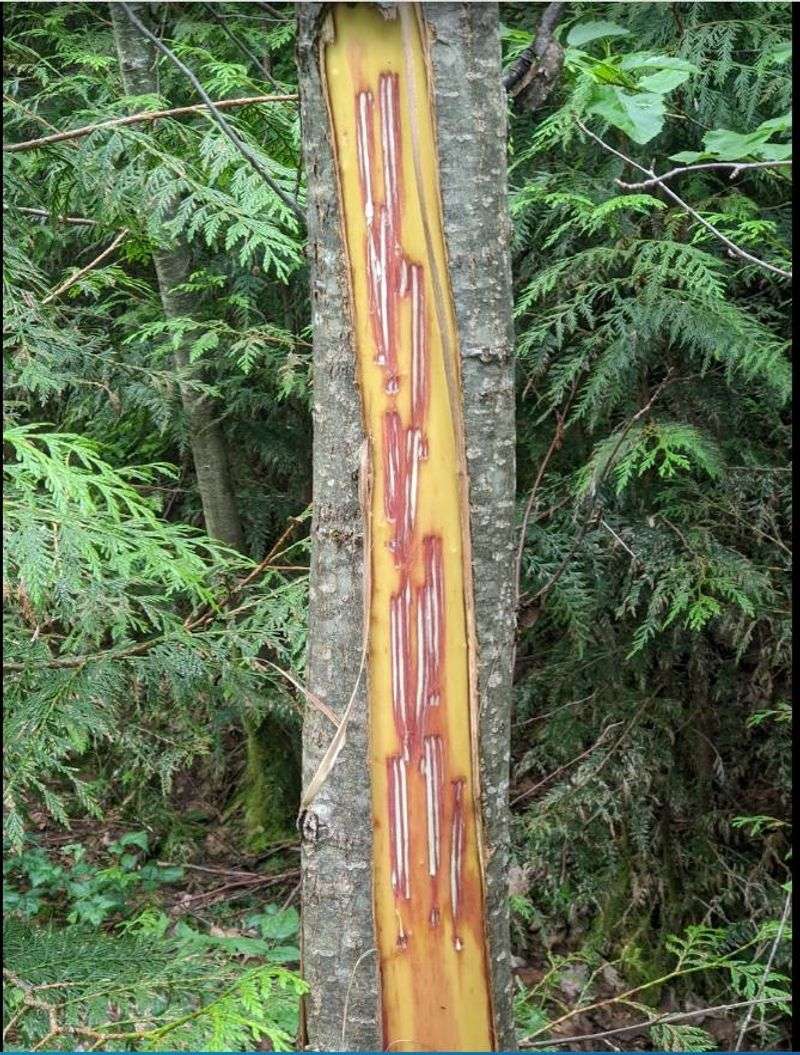
Mountain lions leave territorial markers by scraping backward with their hind feet, creating distinctive piles of dirt, leaves, and debris near trails or boundaries. These scrapes often contain urine scent marks.
Accompanying these ground scrapes, look for claw marks on tree trunks about 4-8 feet high. Fresh scratch marks with exposed, light-colored wood indicate a recent visit and serve as the mountain lion’s version of “I was here.”
6. Unexplained Livestock Injuries
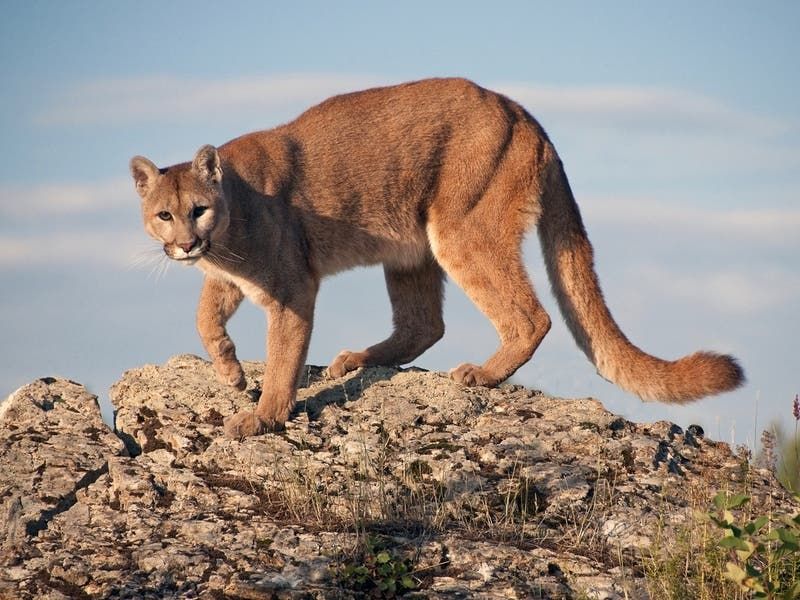
Rural residents should watch for unexplained injuries to horses, sheep, or other livestock. Mountain lions typically attack the neck and throat, leaving distinctive puncture wounds from their canine teeth.
Unlike wolves or coyotes that attack hindquarters, cougars often drag larger prey away from the kill site. Missing animals that vanish without trace might signal a mountain lion has established a hunting pattern in your area.
7. Unnerving Nighttime Screams

Few wilderness sounds chill the blood like a mountain lion’s scream. Female cougars in heat produce bone-chilling screams often described as sounding like a woman in distress.
Males respond with distinctive yowls during mating season. These vocalizations typically occur at night and carry surprisingly far in mountain valleys. Campers hearing these unsettling calls should secure food sources and maintain vigilance throughout the night.
8. Pets Acting Nervous Or Defensive
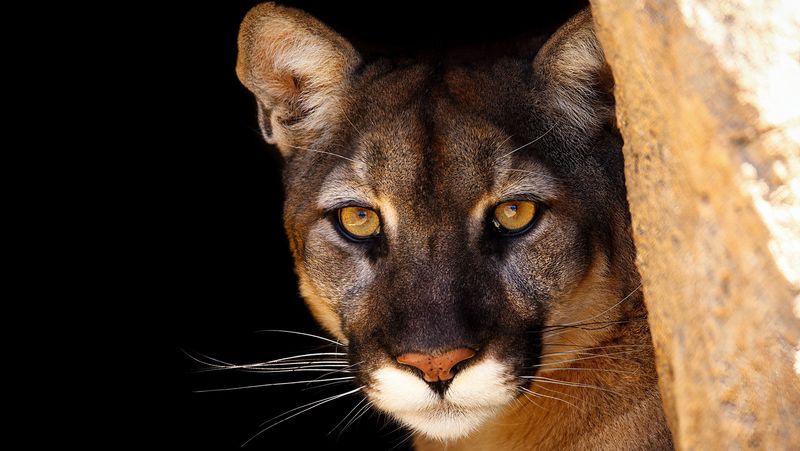
Animals sense predators before humans do. Dogs might suddenly refuse to continue on trails, bark at seemingly nothing, or display hackles-raised defensive postures toward unseen threats.
Horses often become skittish, snorting and refusing to proceed. Your pet’s superior senses detect mountain lion pheromones long before you spot visual signs. Never dismiss unusual animal behavior in cougar country—your four-legged companion might be your best early warning system.
9. The Sensation Of Being Watched
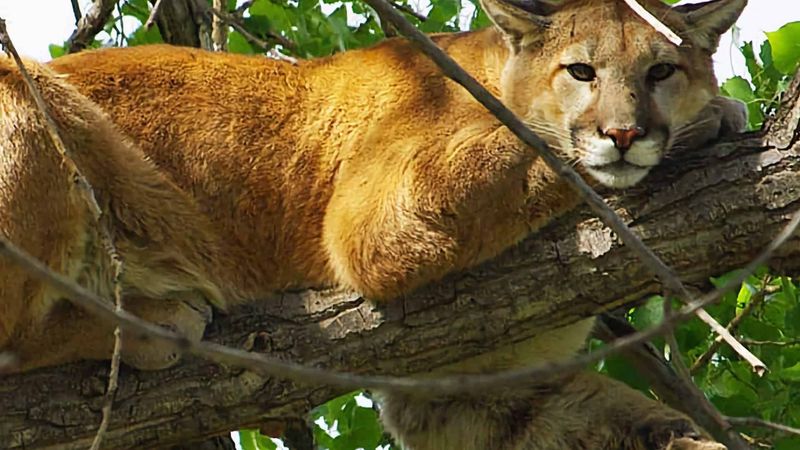
Humans possess ancient predator-detection instincts that manifest as neck-prickling unease. That inexplicable feeling of being observed shouldn’t be dismissed as imagination in mountain lion territory.
Mountain lions are ambush predators who watch potential prey before deciding whether to approach. Their calculating gaze triggers subconscious responses in humans. If the forest feels suddenly “different” or you experience unexplained anxiety, scan your surroundings carefully while preparing defensive measures.
10. Deer Or Elk Suddenly Fleeing
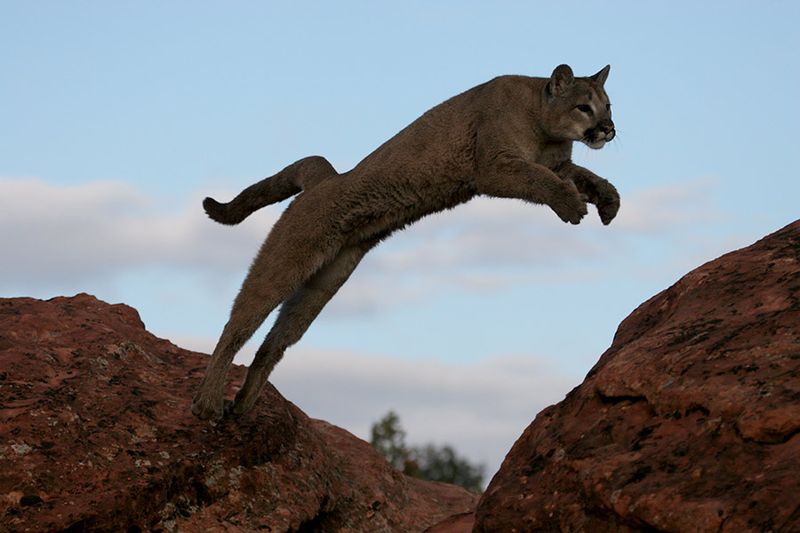
Prey animals develop finely-tuned predator awareness. When deer, elk or other ungulates suddenly bolt without obvious cause, a mountain lion might be stalking nearby.
Watch for prey animals staring fixedly in one direction or stamping nervously. Their behavior changes noticeably in predator presence—heads up, ears forward, tails flicking. These natural prey species detect mountain lions before humans can, making their unusual movements valuable warning signs.
11. Unusual Animal Remains

Mountain lions leave distinctive evidence in their kills. Unlike scavengers that scatter remains, cougars efficiently consume prey, often leaving only the stomach contents, larger bones, and some hide.
They typically feed first on the vital organs and rib meat. Examining carcasses reveals their feeding pattern—clean-picked bones with minimal scattered remains. Finding such remains means you’ve entered an active hunting territory where the predator likely remains nearby.
12. Glimpses Of Tan Movement
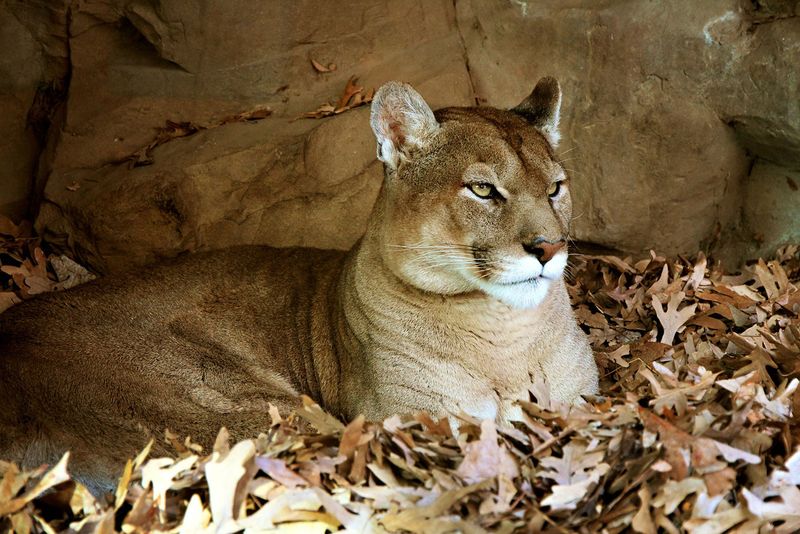
Mountain lions blend masterfully with their surroundings. Their tawny coats match dried grasses and rocky outcroppings perfectly, making full sightings rare.
More common are fleeting glimpses—a tan flash disappearing into brush or a smooth movement just at vision’s edge. The cougar’s long, rope-like tail might be your only definitive clue. These cats move with liquid grace, so any tawny blur exhibiting smooth, confident movement deserves immediate attention.
13. Face-To-Face Encounter Response
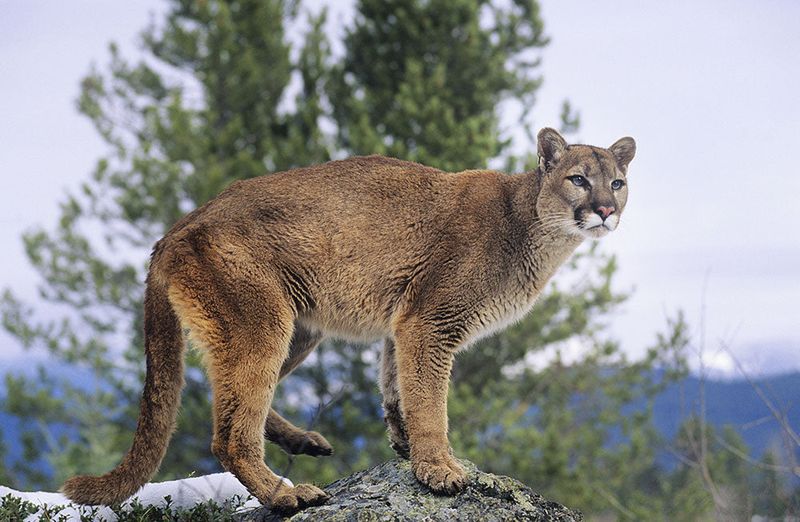
Direct encounters demand immediate proper response. Make yourself appear larger by raising arms, opening jackets, or standing on elevated ground. Speak firmly in a loud, confident voice while maintaining eye contact.
Never run—this triggers pursuit instincts. Back away slowly if possible. If approached, throw objects without bending down. In the extremely rare case of attack, fight back aggressively targeting the eyes and nose with whatever weapons available.
14. Strategic Hiking Practices
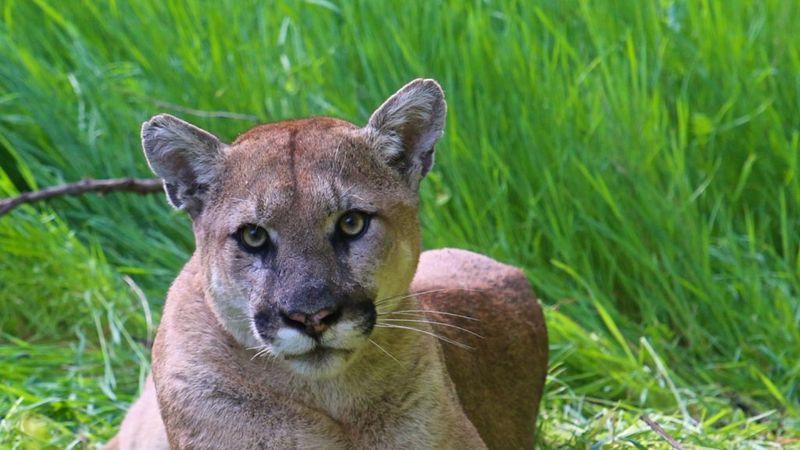
Prevention starts with smart hiking habits. Travel in groups whenever possible—most attacks target solitary individuals. Make regular noise to announce your presence, especially around blind corners or in dense vegetation.
Keep children close and supervised at all times. Mountain lions may view smaller humans as potential prey. Avoid hiking at dawn, dusk, and night when cougars actively hunt. Stick to open trails with good visibility rather than pushing through dense underbrush.
15. Proper Food Management
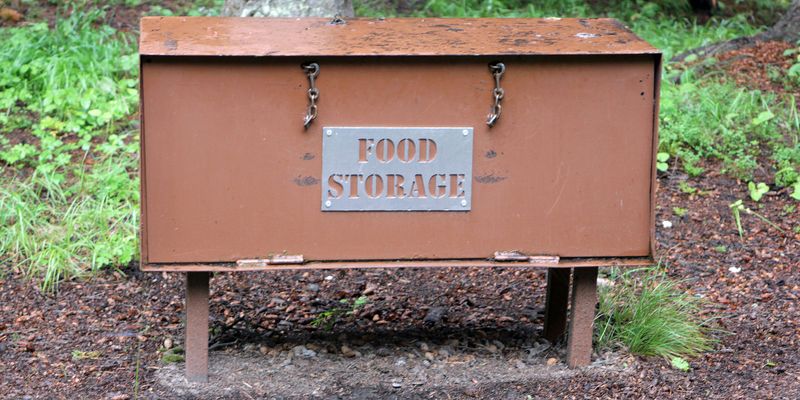
Mountain lions follow prey, so attracting deer or other wildlife near your campsite inadvertently invites cougars too. Store food in airtight containers and dispose of garbage properly.
Clean cooking areas thoroughly after meals. Avoid leaving pet food outside overnight in rural areas. These practices reduce scents that draw smaller animals, breaking the food chain that might ultimately attract mountain lions seeking an easy meal near human habitation.



